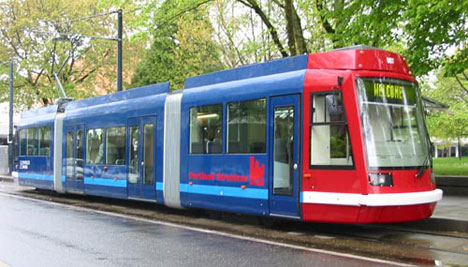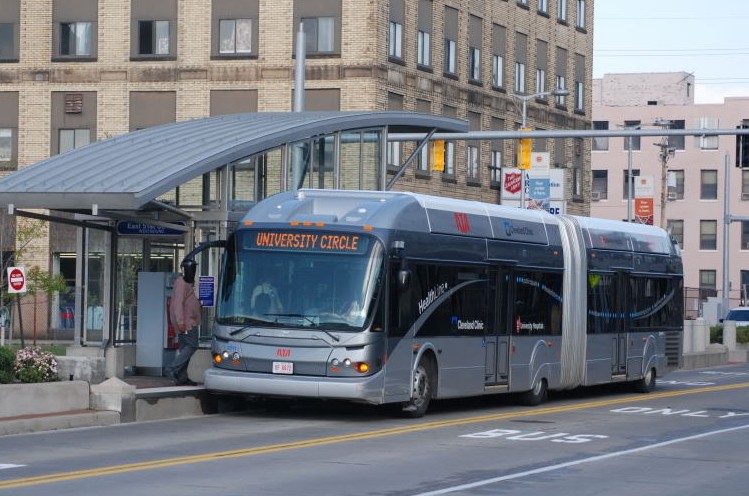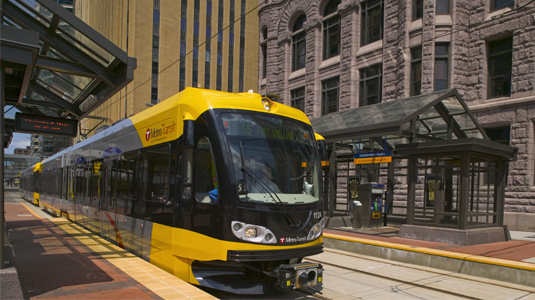Alternatives Analysis Overview
What is an alternatives analysis (AA)?
• A process for evaluating the costs, benefits, and impacts of transportation improvements in a corridor
• Examine a range of routes and modes
• First step towards federal funding
• Recommend locally preferred alternative (LPA)
What modes will be included in the study?
Streetcar

Bus rapid transit (BRT)

Light rail transit (LRT)

What are the four stages of an AA?
1. Project Initiation
2. Development and Screening of Alternatives
3. Evaluation of Alternatives
4. Final Assessment
Stage 1
• Review and assess previously completed work
• Inventory physical features, utilities, land use, and travel patterns
• Identify universe of alternatives
• Identify deficiencies in study area
• Establish goals and objectives
• Define purpose and need
Stage 2
• Define a set of reasonable alternatives for more detailed analysis
• For each alternative define:
‐ Mode
‐ Alignment
‐ Station locations
‐ Span of service
‐ Frequency
Stage 3
• Refinement and detailed evaluation of the most promising alternatives
• Details include:
‐ Ridership forecasts
‐ Capital and operations & maintenance costs
‐ Environmental resource impacts
Stage 4
• Final assessment of alternatives
• Complete evaluation to identify the alternatives that best meet goals and objectives and purpose and need for the project
• Prepare AA document
• PAC recommendation of LPA